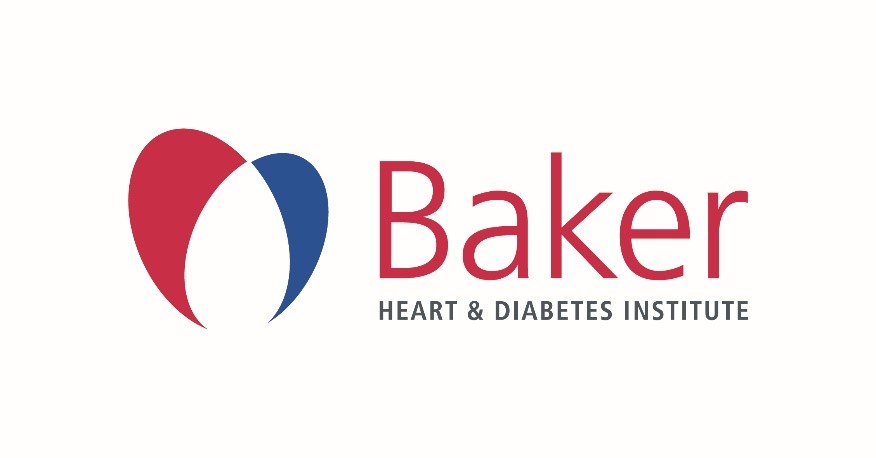Lipidomics Profiling and Risk of Coronary Artery Disease in the BioHEART-CT Discovery Cohort.
Dantong Zhu; Stephen T Vernon; Zac D'Agostino; Jingqin Wu; Corey Giles; Adam S Chan; Katharine A Kott; Michael P Gray; Alireza Gholipour; Owen Tang; Habtamu B Beyene; Ellis Patrick; Stuart M Grieve; Peter J Meikle; Gemma A Figtree; Jean Y H Yang
Abstract
The current coronary artery disease (CAD) risk scores for predicting future cardiovascular events rely on well-recognized traditional cardiovascular risk factors derived from a population level but often fail individuals, with up to 25% of first-time heart attack patients having no risk factors. Non-invasive imaging technology can directly measure coronary artery plaque burden. With an advanced lipidomic measurement methodology, for the first time, we aim to identify lipidomic biomarkers to enable intervention before cardiovascular events. With 994 participants from BioHEART-CT Discovery Cohort, we collected clinical data and performed high-performance liquid chromatography with mass spectrometry to determine concentrations of 683 plasma lipid species. Statin-naive participants were selected based on subclinical CAD (sCAD) categories as the analytical cohort ( = 580), with sCAD+ ( = 243) compared to sCAD- ( = 337). Through a machine learning approach, we built a lipid risk score (LRS) and compared the performance of the existing Framingham Risk Score (FRS) in predicting sCAD+. We obtained individual classifiability scores and determined Body Mass Index (BMI) as the modifying variable. FRS and LRS models achieved similar areas under the receiver operating characteristic curve (AUC) in predicting the validation cohort. LRS enhanced the prediction of sCAD+ in the healthy-weight group (BMI < 25 kg/m), where FRS performed poorly and identified individuals at risk that FRS missed. Lipid features have strong potential as biomarkers to predict CAD plaque burden and can identify residual risk not captured by traditional risk factors/scores. LRS compliments FRS in prediction and has the most significant benefit in healthy-weight individuals.n
| Journal | BIOMOLECULES |
| ISSN | 2218-273X |
| Published | 31 May 2023 |
| Volume | 13 |
| Issue | 6 |
| Pages | |
| DOI | 10.3390/biom13060917 |
| Type | Journal Article | Research Support, Non-U.S. Gov't |
| Sponsorship |


